At dusk tonight two Merlin put on a fantastic display for 20 minutes chasing after the bats as they came out of their roosts in the eaves of the theatre building. And we saw one of them catch a bat for the first time. It was interesting that their strategy was completely different to that of the bird that we have have watched here for the previous three winters. That bird was a wily adult that had worked out that the bats were much easier to catch just as they came out of the roost because they were traveling at a much slower speed, so it would do small circuits around the entrance until this coincided with a bat exiting and it was job done. I presume that it was the same returning bird that we saw each year and would usually see it catch two or sometimes three bats each evening.
This year an American Kestrel had adopted exactly the same strategy, perhaps from watching the merlin do it last winter, and would just sit on an adjacent roof watching until the bats were streaming out and then it would usually take no more than two or three circuits to catch its supper - thirty seconds at most. The two Merlin this year are I suspect inexperienced first year birds. They were only attacking the bats right out in the open when they were at full speed and although Merlin are much faster, the bats seemed well aware of the threat and would deftly jinx out of the way at the last moment. There was some evidence of cooperative hunting between the two Merlin as occasionally we would see an attack by one bird closely followed by an attack by the other and tonight this was successful. The bat loses a lot of speed as it jinxes and was picked off by the second bird. Lynn and I both agreed that watching the Merlins each evening was one of the real highlights of the holiday and would have been worth it even if we had seen nothing else. The display was always spectacular with the birds sometimes coming so close that you could hear and feel the rush of their wings as they came past - absolutely breath-taking! Nothing in nature is guaranteed but if you stay at the Luna y Mares during the winter do go and check them out.
And my grateful thanks to Graham Catley for letting me use his superb image of a Taiga Merlin below.
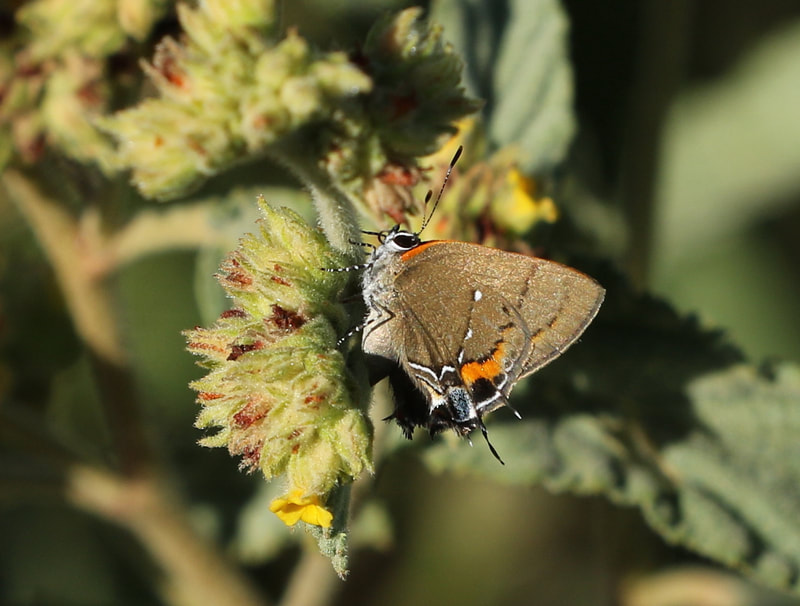
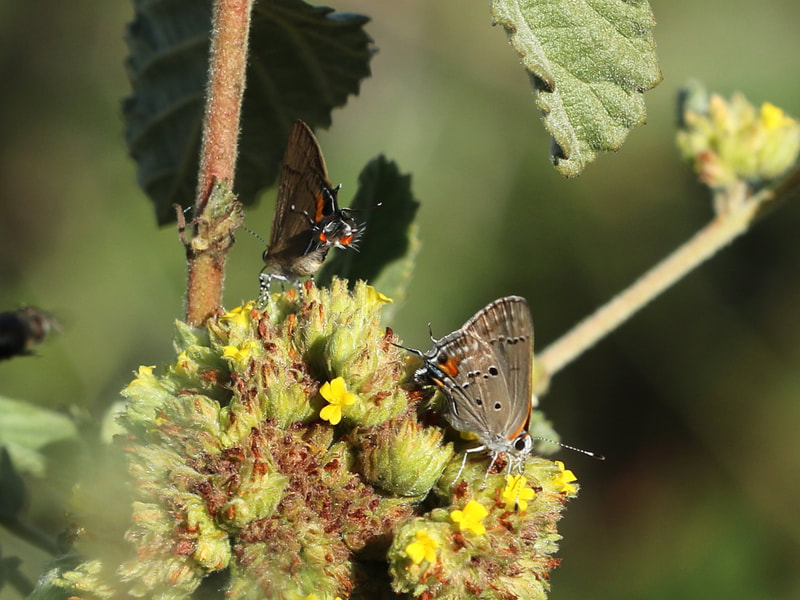
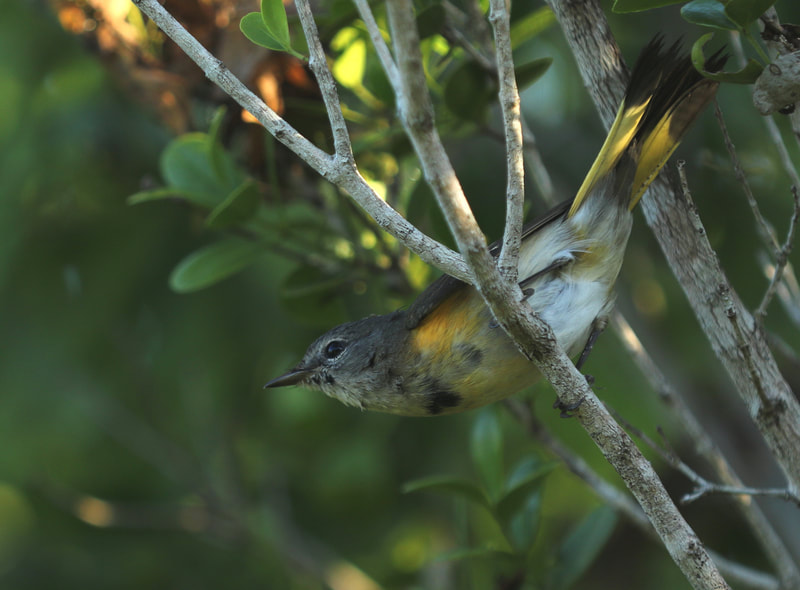
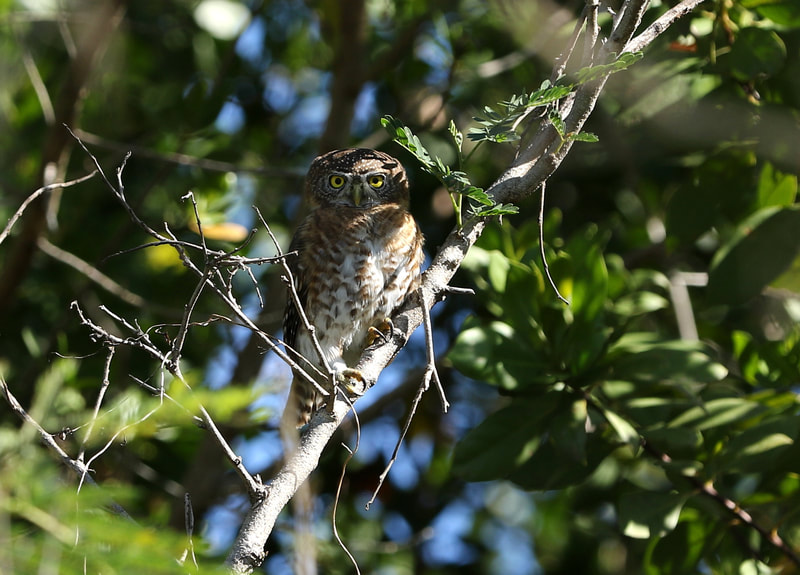
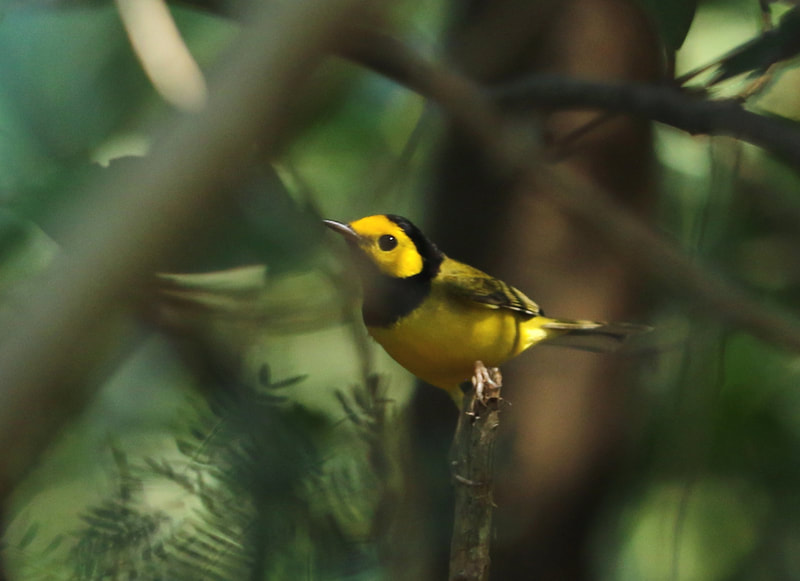
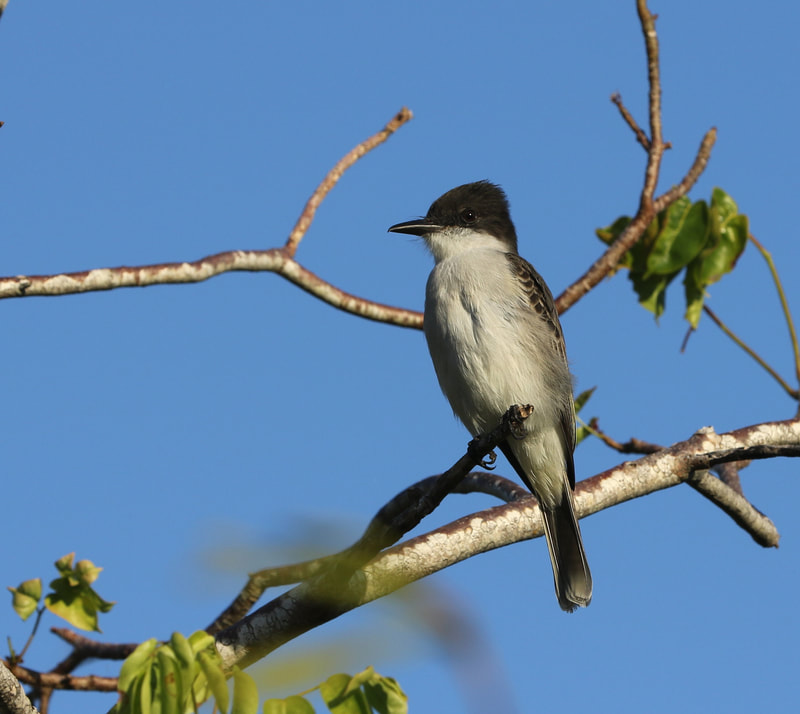
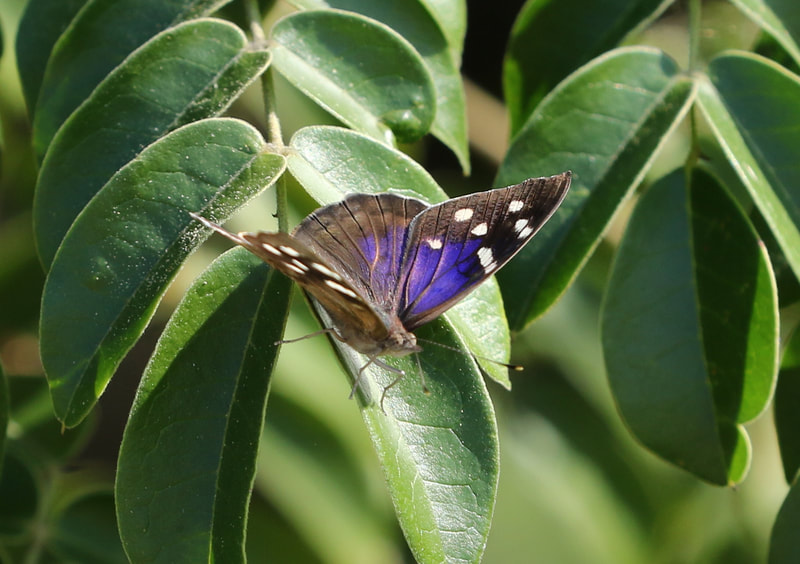
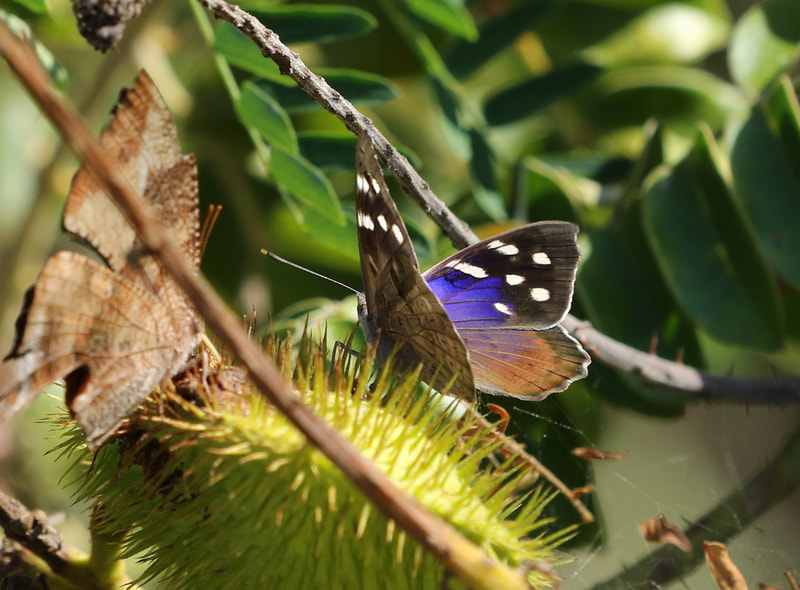
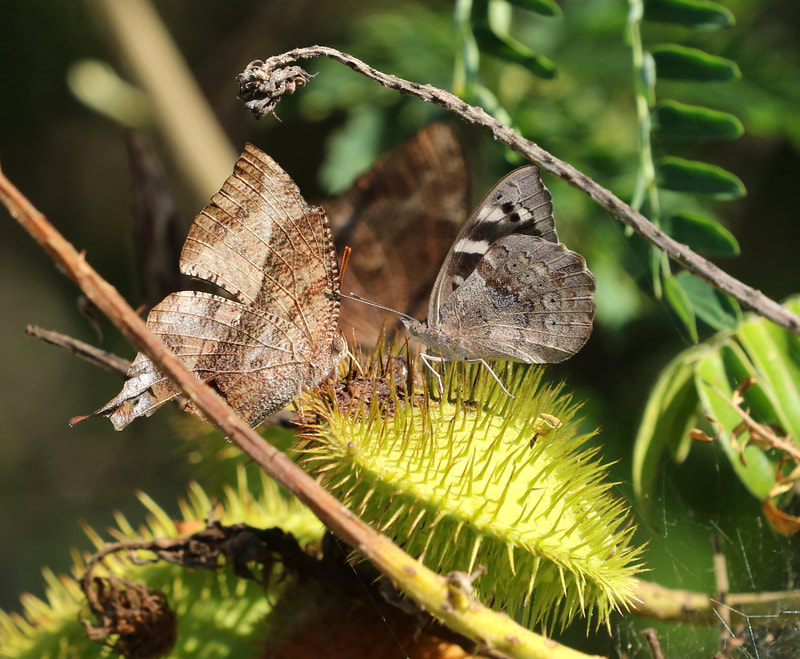
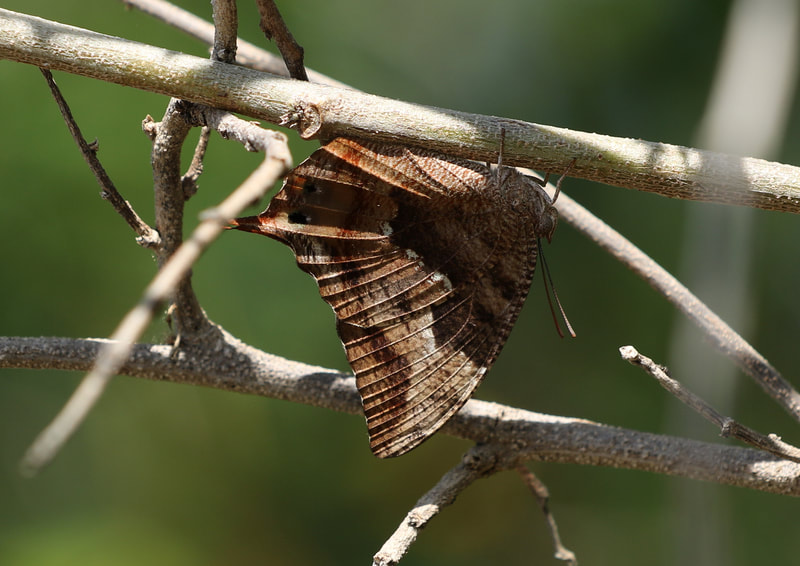
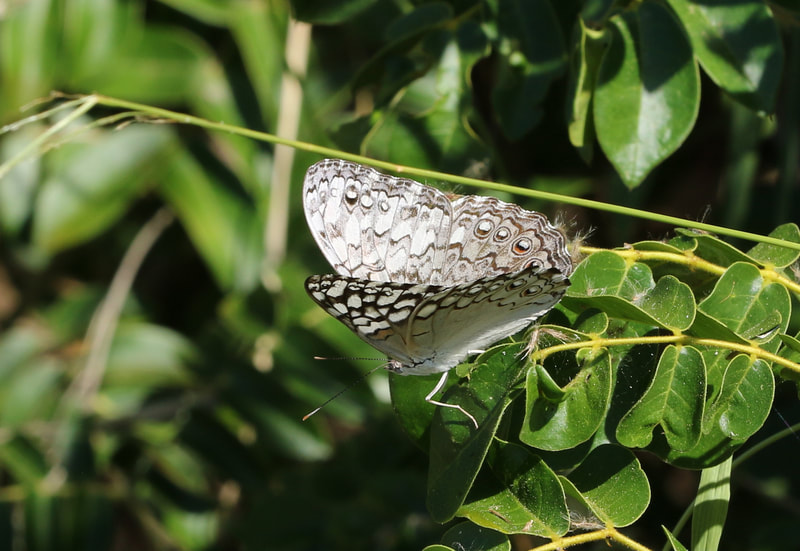
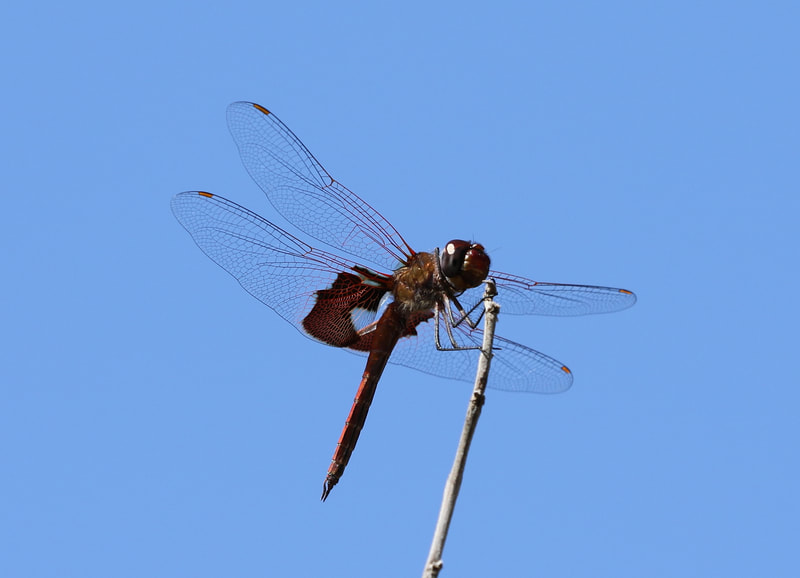
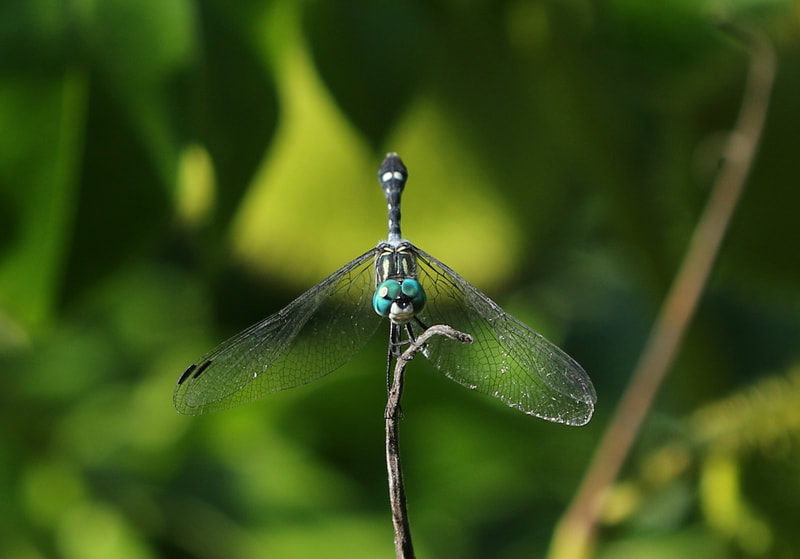
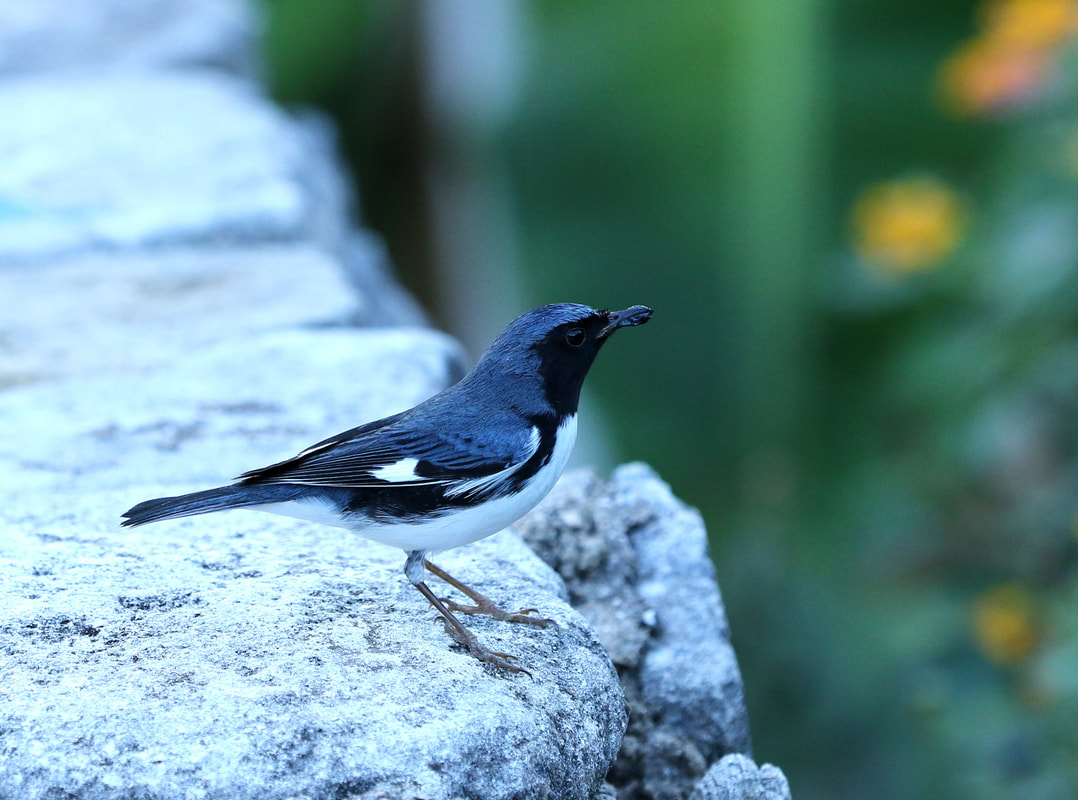
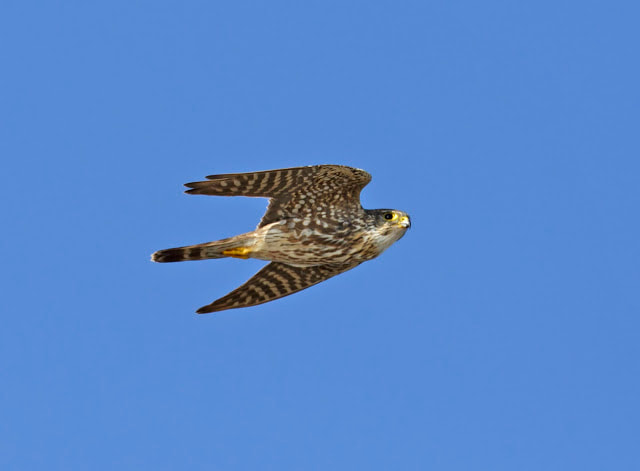
 RSS Feed
RSS Feed